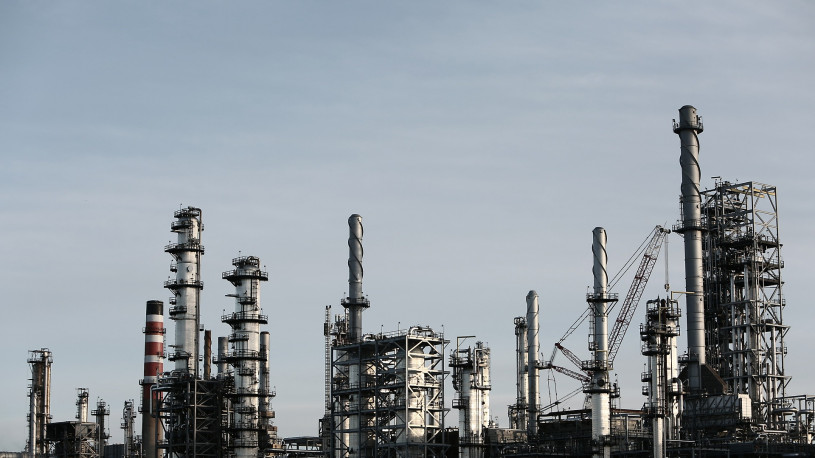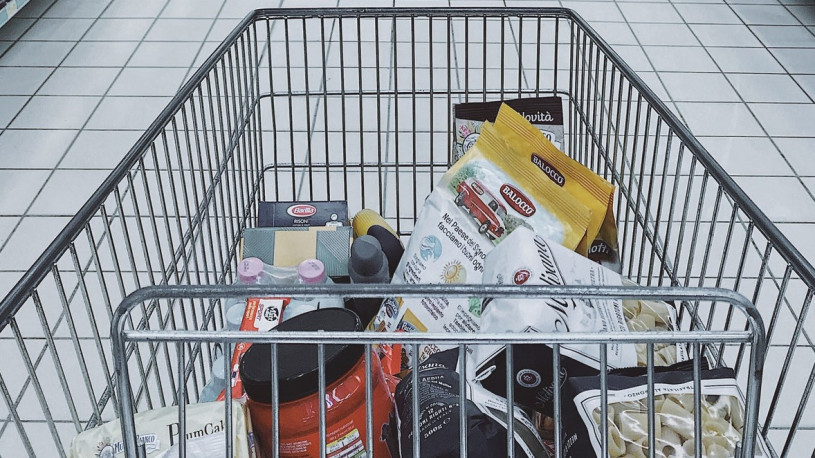-
How will China’s Stock Market Crash Affect the Chemicals Industry?
 Continue Reading
Continue ReadingAnyone who pays any attention to the business pages will be aware that the Chinese stock exchange has got the jitters. Prices are tumbling (they fell 7% in a single day last week) and that has resulted in desperate measures, including the halting of trading in Shanghai and a drop in value of shares in markets in the rest of Asia, the Americas and Europe. However, whilst this might be terribly serious news for stock market traders, what does it mean for chemical traders? Will China’s stock market crash affect the chemicals industry?
According to Prof Sebastian Heilmann, Director of the Mercator Institute for China Studies (MERICS) in Berlin, the fall in share prices in China is not as serious as a fall in share prices in say, New York. This is largely because China’s stock market is much, much smaller than Wall Street and therefore has less influence over the economy as a whole. As he explains, “China’s stock markets have never been a direct reflection of how its real economy is performing. The Chinese government has rather chosen to use them as a means of raising capital for often debt-ridden state-owned enterprises. However, if neither the stock markets nor banks can serve as a reliable source of capital for major enterprises any longer, then this will have a decidedly negative impact on the growth of the Chinese economy.”
Logic dictates that if the Chinese economy suffers, then the chemical industry will also feel the pain, but global economics is not that simple, and this could be great news for chemicals traders.
As Jean-Francois Tremblay, Senior Correspondent in Hong Kong for Chemical Engineering News reported recently, “Opinions among chemical industry executives vary, but the general view is that although China has several symptoms of economic illness, the country remains a promising market. And in several business sectors, opportunities still abound, even in the short term.”
Albert Heuser, president of BASF in China and Taiwan, agrees, stating how China is still far from falling into a Great Depression. He said, “China is absolutely still the key market in Asia, both for BASF and for the industry overall. It’s true that the growth rates have been slowing down, but you have to remember that last year, China’s GDP growth was more than double the entire GDP of the Philippines.”
So the fact remains, that whilst stock prices may fall, you are better off worrying what this will do to your own share portfolio or pension pot, because the rest of the data on Chinese chemical demand still indicates great opportunities for chemical traders and manufacturers.
Or can economic data be misleading?
-
Has the TiO2 Price Reached the Bottom?
 Continue Reading
Continue ReadingSometime last week the Sichuan Lomon Corporation announced that it had raised the price of its titanium dioxide products by 3%. This has led to chemical industry leaders to wondering if the price had at last reached the bottom and was now moving up.
As Sichuan Lomon is one of the largest rutile titanium dioxide pigment suppliers in China, its actions are closely followed by industry experts, with many, like Yang Xun, a titanium dioxide analyst with the Chinese commodity information provider 100ppi.com, believing that other producers will follow suit over the coming weeks.
For many price hikes would bring much relief after prices fell considerably throughout the second half of 2015.
It is thought that the chemical price increases were a result of falling production, as many of the larger industry players are running at 50% of capacity in an attempt to lower inventories. Other producers were using the fall in demand as opportunity to update plant machinery and carry out maintenance.
Whilst the Xinhua Finance Agency reports that, “Sichuan Lomon is expected to see a fall in output in January.” The agency also cites further realignments in the TiO2 market as, “At present, the [price] divergence between high-quality producers and the tier-3 and tier-4 producers has been obvious. The high-quality producers have seen tight sourcing of supplies causing pressure on production, while the tier-3 and tier-4 producers have continued to find it hard to sell.”
Whatever the reason for the price rise, it is feared that the 3% rise may only be a temporary measure, as there is still speculation that overall demand will continue to drop as the Chinese stock market and housing bubble continues to create uncertainty.
Furthermore, it is not yet known how global markets will react. Will other TiO2 producers raise their prices? Has the market finally reached the bottom?
-
Is the US Right to Ban PFC’s in Food Packaging?
 Continue Reading
Continue ReadingFollowing a petition by a number of environmental lobby groups, the US Environmental Protection Agency (EPA) has decided to ban the use of three perfluorinated compounds (PFC’s) in food packaging. Whilst the compounds in question had not been manufactured in the US since 2011, many consumer action groups were concerned about the possible import of such long-chain PFC’s and their potential harm to the public.
The EPA stated that its decision was because the ‘new data available as to the toxicity of substances structurally similar to these compounds demonstrated [that] there is no longer a reasonable certainty of no harm from the food-contact use of these food contact substances.’
The ‘three specific perfluoroalkyl ethyl containing food-contact substances’ were typically used as water repellents on paper and cardboard for packaging foods such as pizzas and microwave popcorn.
The ban has been introduced in support of the EPA’s plan to reduce the use of PFCs in all products. So far, the reduction is going to plan, with the Royal Society of Chemistry reporting in February 2015 that “the major chemical companies it (the EPA) has partnered with are on track to phase out production of long-chain perfluorinated chemicals (PFC) in America by the end of 2015. These eight firms alone are responsible for the vast majority of all the PFCs produced globally and, to date, they have developed over 150 alternatives.”
Food packaging manufacturers are now wondering which products are next to be banned as part of this trend. More optimistic observers are thinking about which of the new alternatives will become the best replacement.
